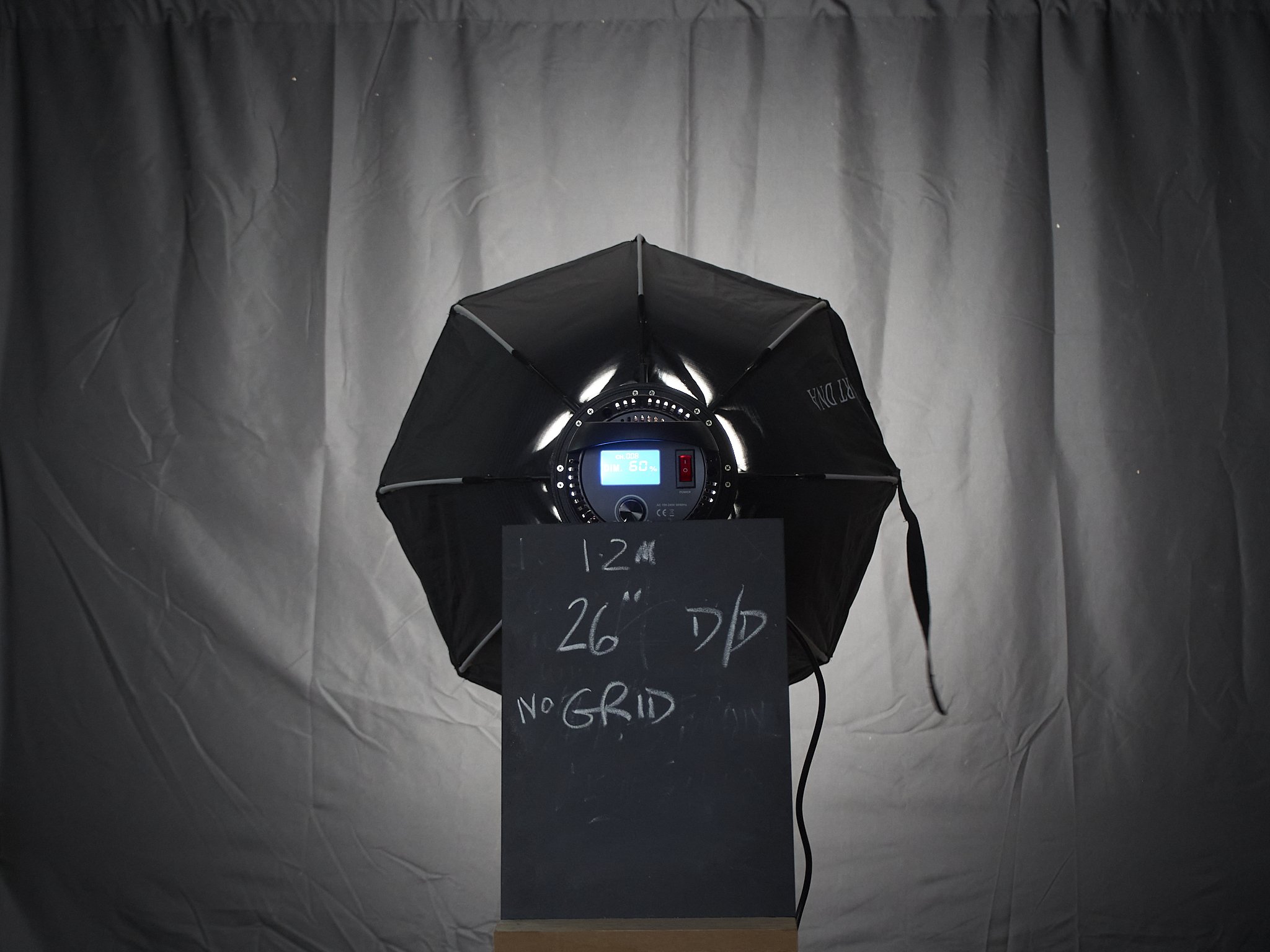Like a Formula 1 team, there is more Zoom coming to the kit (and some F1).
The SSH-6 shotgun mic has really delivered for me, becoming the reliable and versatile mainstay for a series of interviews, performing above expectations. The only issue with the combination is camera mounted run-and-gun shooting, where the shotgun capsule and H5 become too bulky and unbalanced on camera and my other shotgun options are basic in comparison (and still really need the H5 or H1n as a pre-amp).
The H5 adds a lot of length to the already decently long mic capsule and the shock mount adds height as well as being a little front heavy (it is a Boya one which is effective, but not purpose designed for this combo).
I am also concerned that constant assembly and dis-assembly of the two mic-capsules for different combo’s and to fit it into the case, will wear out or damage the capsules/H5 prematurely. basically, with a lack of protective covers, I always re-mount the X/Y, to fit in the case then switch them over for most shoots, 2-8 times a week. It would be great to have two mics set up for their respective capsules, with the ability to switch if desired.
The H5 was also a good buy, basically an H1n for the next level up, offering so many different capabilities and combinations and with the SSH-6 it has proven to be a great static interview mic, but there must be a better way of using both on camera?
Option one is to grab a dedicated shotgun mic (Diety D3 or dearer MKE 600).
This does not sit well with me already having the SSH-6, especially considering the quality I have been getting out of it. I am also used to the Zoom interface and would miss the control and pre-amp quality, especially compared to the mediocre EM1 mk2’s amp.
Option two is a to further add to my recorder options.
The Zoom F1 (LP kit) adds a mini recorder from the “field” series, so an excellent pre-amp (possibly better than the H5’s) in a very small form factor. The other way to buy it (SP) includes a shotgun mic, the SGH-6, but the SSH I already have is the better and more versatile capsule. I only need the dedicated shock mount to make it work (the F1 has no tripod socket, but the special mount looks very efficient), and I also get the decent Lav option also. I picked up the F1 locally on sale and a deal online on the mount for $250au all up.
This means, I go from a versatile, but not always ideal H5 for area, interview and event recording, with its X/Y or shotgun capsules and/or the Lewitt condensers in X/Y, A/B or non linear config or the option of external feed, but a compromised shotgun form for on camera work, to the same options, but with a better shotgun configuration with the SSH or a smaller one wth the Neewer as boom mic on the F1 and the option of a small talent worn Lav form, then the H1n as backup or X/Y area recording with the F1 (both share sd card and battery size).
Three Zoom’s?
The H1n is a mic I highly recommend to anyone looking for a better pre-amp, an event/area recorder or makeshift shotgun, as it really is one of the best bangs for the buck out there. Is it redundant in this outfit? No, I use it as an independant backup, a second wearable Lav mic control, an area recorder to go with the F1’s more focussed options, a post-synchable mic for the OSMO and again adds a backup. The H1n and F1 combined basically add up to the H5 without XLR inputs.
The H5 adds XLR in/out connections, a good X/Y and pre-amp and the ability to record up to 4 tracks at once (technically 5 with the SSH-6 mid-side and XLR’s). The H5 will be matched to the G9, which is the big event camera. For interviews etc I will get the condensers sorted (volume fading at the moment which I think is a power issue).
The F1 fixes the H5’s only real down side, bulk, and adds a wear-able Lav mic. It will be matched and balanced to the EM1x in its “on the go” setup. The EM1x seems to need a lot of H5 line output (-10 to +0), the opposite of the G9 (-35 to -25), so switching the H5 between the two adds another thing to remember.
They all have a role or roles and there is no one mic that does everything they can do individually.
Sticking with Zoom mics gives me depth, consistency of operation while keeping my audio up to a solid B+ across the board or possibly better with the Lewitts (“A” being picky sound engineer level). There are a lot of other Zoom recorders and mic capsules*, but I am happy with these as the best givers available, within my limited budget.
I house all of my audio/video gear in several XCD semi hard cases, which allow me to pack fast as needed and in any bag that is at hand.
This was the current layout, which was not ideal.
In Case 1, the H5 with SSH-6, X/Y capsules, AC adapter and Boya shock mount. This is the go-to at the moment, but I need to take the other case for options I may need.
In Case 2, the H1n and “other” mic case, which usually only gets included if I have time or a need for backups. The little shotgun mics and Lav are never used over the SSH-6 if I have the option (or the X/Y for groups etc) and the condensers are used for tricky, big or high quality recording situations.



































